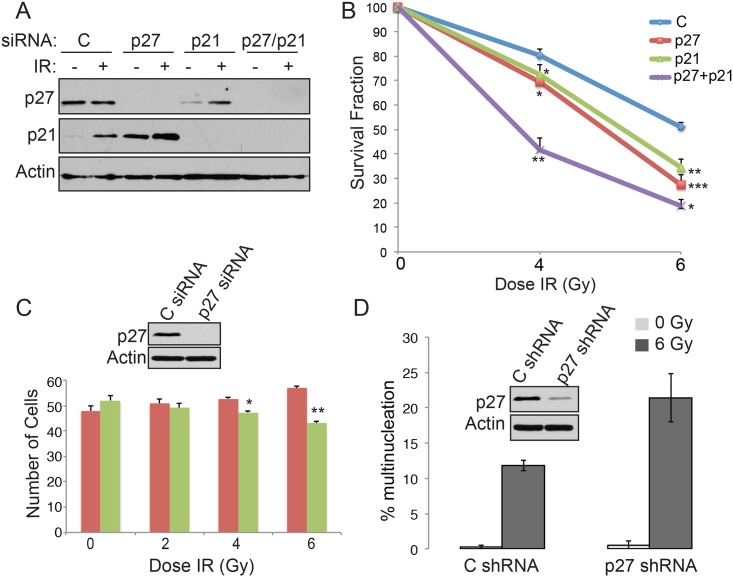Fig 1. p27Kip1 is required for survival after DNA damage.
(A) MCF7 cells were transfected with control (C), p27, p21 or p27 + p21 specific siRNAs. After 48h, the cells were subjected to 0, 4 or 6 Gy of IR. Knockdowns for the cells subjected to 0 (-) or 6 Gy (+) of IR were monitored by Western blotting analysis 24h post-irradiation with the indicated antibodies (left). (B) MCF7 cells treated with control (C), p27, p21 or p27 + p21 siRNAs and subjected to 0, 4 or 6 Gy of IR were seeded at low density for a clonogenic cell survival assay. The number of colonies was counted 11 days post IR treatment. The survival fraction was calculated relative to the plating efficiency of untreated cells. The data is presented as mean of 3 independent experiments ± SEM. Differences between groups were evaluated using two-tailed Student t tests among replicate experiments; *P<0.0197, **P<0.0035 and ***P = 0.0007. Single p27 or p21 knockdowns were each compared with control siRNA and double p27/p21 knockdowns were compared with single p27 knockdown for statistical analyses. (C) U2OS cells stably expressing RFP or GFP were transfected with control C or p27 specific siRNA, respectively. RFP and GFP cells were mixed together at a 1 to 1 ratio and subjected to 0, 2, 4 or 6 Gy of IR. After 7 days of culture, cells were collected and analyzed by flow cytometry to determine the cell number in each population. The data is presented as mean of 3 independent experiments ± SEM. Differences between groups were evaluated using two-tailed Student t tests among replicate experiments; *P = 0.0156 and **P = 0.0033. (D) U2OS cells expressing control C or p27 specific shRNA were subjected to 0 or 6 Gy or IR. Cells were fixed and stained with DAPI to assess nuclear morphology by fluorescence microscopy 7 days post-IR. Data is presented as mean of 3 independent experiments ± SEM.

